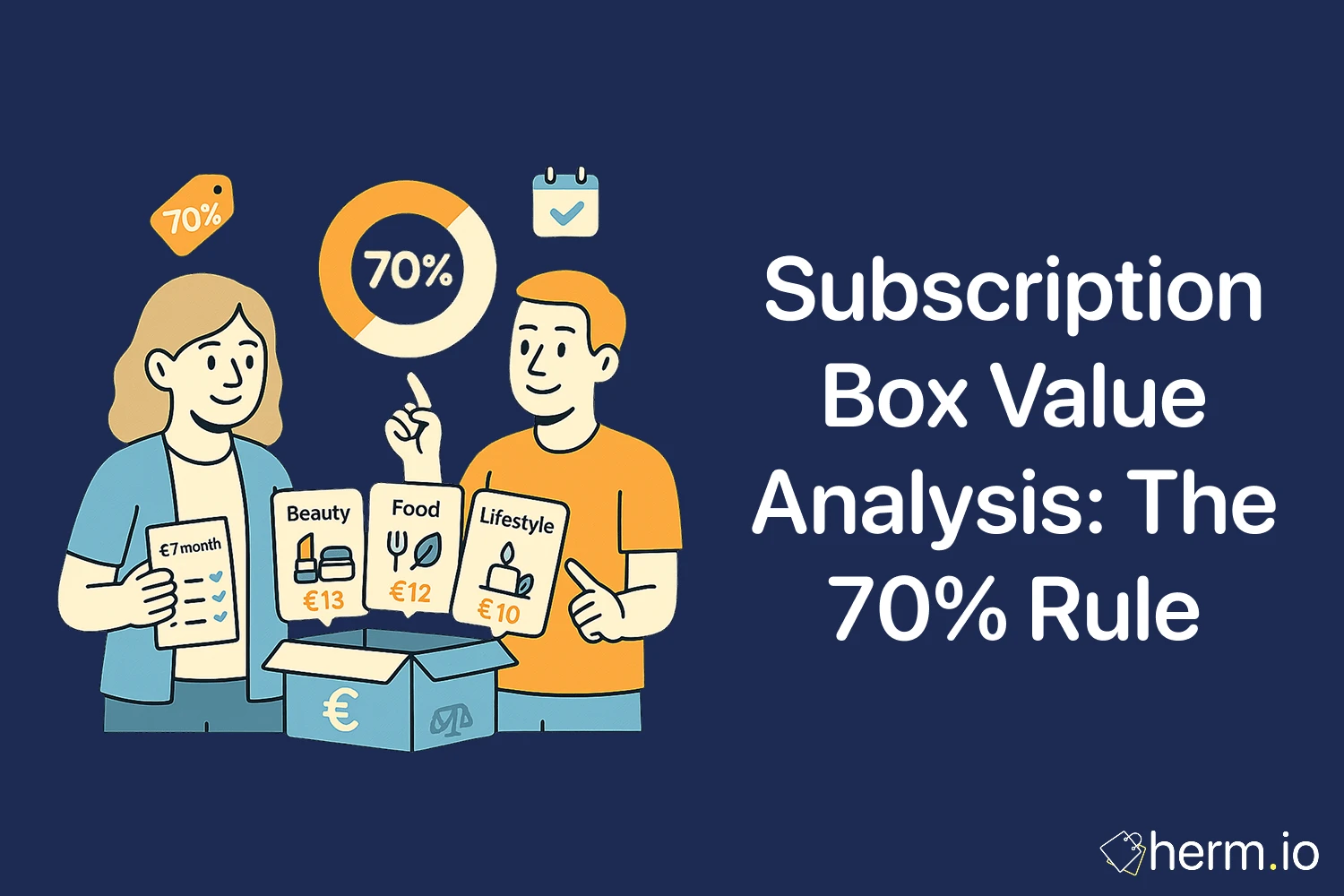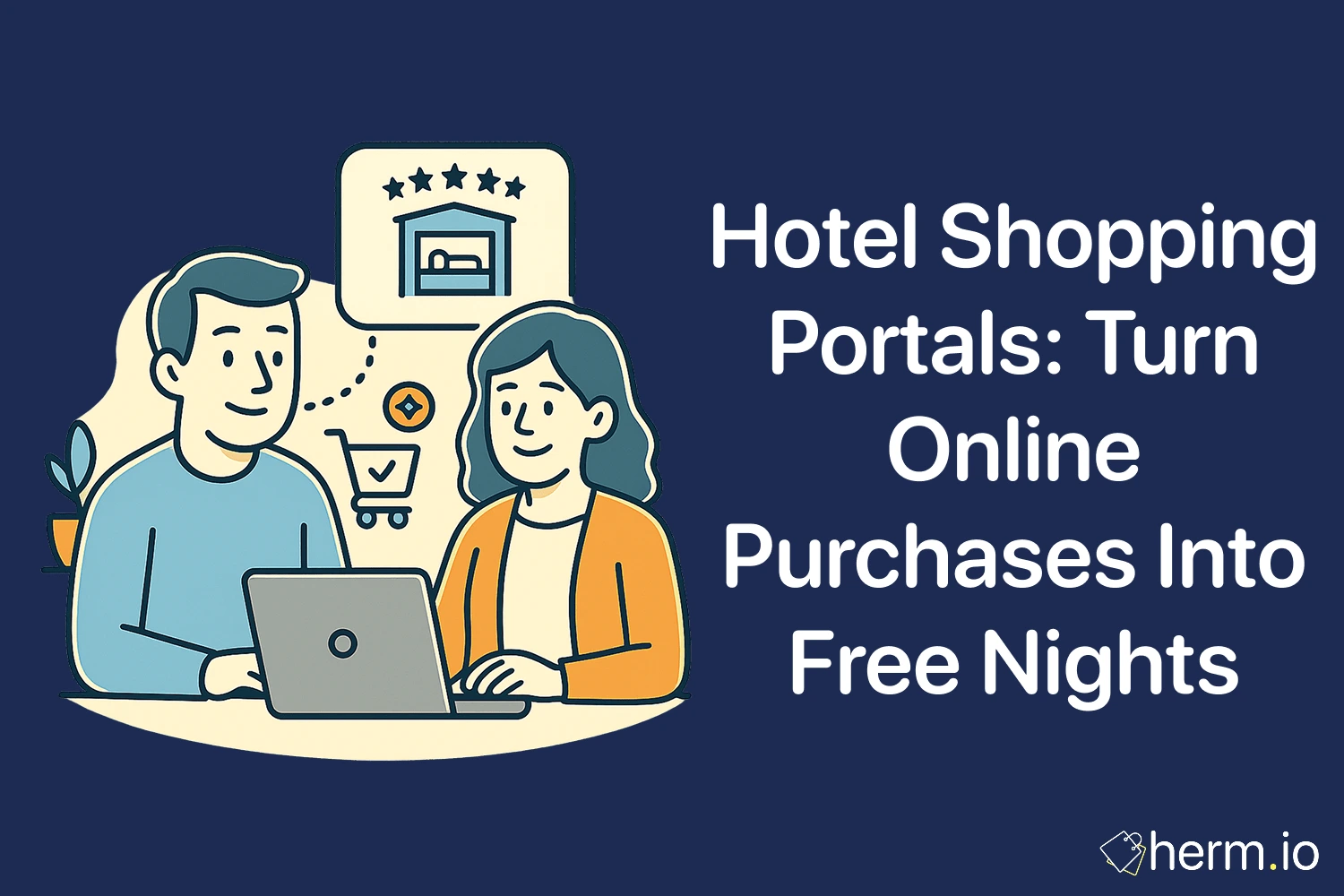
Most pet owners overspend by roughly £15-30 monthly because they're buying reactively instead of strategically. You run out of food on Tuesday evening, grab whatever's in stock at the nearest shop, and pay full price. Repeat this pattern across litter, treats, flea treatments, and toys, and you've built an expensive habit.
Pet subscriptions solve this—but only if you configure them properly. The difference between saving 15% and cluttering your flat with unused boxes comes down to three factors: consumption mapping, delivery synchronisation, and ruthless selectivity about what actually needs automating.
Quick Wins: Start Today
- Calculate your pet's daily food intake and set your first subscription to arrive one week before you'll run out.
- Consolidate essentials (food + litter or food + preventatives) into one order to unlock free shipping and subscribe & save discounts.
- Choose enrichment over quantity: one durable puzzle toy monthly beats three disposable plush toys.
- Enable all auto-delivery options in your retailer's app, then set calendar reminders to review portion sizes every three months.
Map Consumption Before You Subscribe
Start with numbers, not enthusiasm. Weigh or measure what your pet actually consumes over seven days, then multiply by 30. Add a 10% buffer for training treats, growth spurts (if applicable), or travel prep.
For a 12 kg dog eating 280 g daily, that's 8.4 kg monthly plus 10% buffer = 9.24 kg minimum. Round up to a 10 kg bag delivered every 32-35 days. This precision prevents both waste and emergency top-ups.
Cats present a different calculation. A 4 kg cat on mixed feeding (60 g dry + one 85 g wet pouch daily) needs roughly 1.8 kg dry food and 30 wet pouches per month. Split these: dry food on a 35-day cycle, wet pouches as a recurring 30-pack.
The buffer matters more than you'd expect. Pets don't eat like clockwork. Your dog might need extra kibble during a training push; your cat might refuse wet food for three days straight. That 10% cushion absorbs variability without forcing you to pause deliveries.
Three Subscriptions Worth Automating
Not everything benefits from subscription. Focus on these three categories where automation delivers measurable ROI:
Food subscriptions capture the largest spend and the best discounts (typically 8-12% off retail). They also eliminate the physical hassle of carrying heavy bags. Set the delivery date five to seven days before you expect to empty the current bag. If you rotate proteins, alternate flavours in your subscription settings rather than manually swapping orders.
Parasite preventatives are time-sensitive, not negotiable, and easy to forget. Automate flea, tick, and worming treatments to arrive seven days before the dosing date. This gives you a buffer for delivery delays without risking a gap in protection. For multi-pet households, confirm each pet's dose is packaged separately to avoid confusion.
Predictable essentials like litter, poop bags, or dental chews follow fixed usage patterns. A 20 L litter supply for one cat lasts roughly 25-30 days; set a 28-day delivery. Dog poop bags? Calculate rolls per week, multiply by four, and automate. These items carry lower discounts (5-8%) but eliminate those annoying "we're out" trips.
Skip subscriptions for toys unless the service offers genuine customisation (play style, durability tier, allergy filters). Generic monthly boxes often include items your pet won't use. Better approach: manually order one quality enrichment item monthly based on what's actually working.
Synchronise Deliveries for Maximum Efficiency
Separate deliveries waste money through duplicate shipping fees and missed bundle discounts. Consolidate where possible.
If your retailer offers subscribe & save across categories, combine your largest-volume items (food + litter, or food + preventatives) into a single monthly delivery. This typically unlocks free shipping at £25-40 thresholds and sometimes triggers additional bundle discounts (an extra 3-5% off when combining three or more subscription items).
For households with different pet types—say, two dogs and a cat—keep food subscriptions separate by species (dog food in one delivery, cat food in another) but merge shared essentials like cleaning supplies or grooming wipes into whichever delivery crosses the free shipping minimum.
Stagger delivery dates if cash flow matters more than consolidation efficiency. Schedule food for the 1st, preventatives for the 10th, litter for the 20th. You'll smooth spending across the month whilst maintaining automation benefits.
The Multi-Pet Calculation
Multiple pets amplify both savings potential and complexity. Start by identifying overlap.
Two medium dogs eating the same formula? Order one large bag instead of two small ones. Bulk sizing often saves 12-18% per kilogram compared to smaller formats, and you're making one delivery work harder. Just verify the bag's shelf life supports your consumption rate (dry food typically lasts 12-18 months sealed).
For medication, resist the temptation to share doses. A 20 kg dog and a 12 kg dog need different flea treatment dosages. Order each pet's preventatives separately, clearly labelled, and set separate calendar alerts for dosing dates.
Calculate your household's combined monthly spend, then apply this framework:
- Dogs (two medium, same diet): ~£90-140 total
- Cat (mixed feeding): ~£30-50
- Preventatives (all three pets): ~£30-60 (product-dependent)
- Litter + bags + cleaning: ~£20-30
Target outcome: 10-15% reduction through subscription stacking and consolidation, translating to £17-35 monthly savings or £200-420 annually.
Enrichment Without Waste
Toys and enrichment items present the weakest subscription case because pet preferences shift unpredictably. Most pets engage with 3-5 favourite toys whilst ignoring the rest.
Instead of a monthly toy box, implement a rotation system. Keep 3-5 toys accessible, store the rest in a sealed bin, and swap weekly. Novelty returns without additional purchases. This approach cuts new toy spending by 60% in my experience.
When you do buy new toys, prioritise durability over quantity. One £15 natural rubber puzzle toy that lasts six months delivers better value than six £5 plush toys destroyed in two weeks. Look for products with replacement guarantees or spare parts (many quality puzzle feeders sell replacement treat compartments separately).
For cats, focus on consumable enrichment: scratcher refills (£3-8 each, replaced every 4-6 weeks) deliver better engagement than novelty toys. Rotate scents (catnip, valerian, silvervine) rather than buying new scratchers.
Loyalty Stacking for Serious Savers
Subscriptions alone save 8-12%. Stack additional programmes to push that closer to 15-18%.
Enable your retailer's loyalty programme (most offer 1-3% back as points or credit). Confirm those points apply to subscription orders; some retailers exclude auto-deliveries from rewards.
Check for first-purchase codes. Many European pet retailers offer 10-20% off initial subscription orders to new customers. Use these to test services at minimal risk.
Watch for threshold bonuses. Some programmes unlock extra discounts when you subscribe to three or more categories (e.g., food + preventatives + litter = additional 5% off the total basket).
Time annual orders strategically. If your pet needs a dental check-up in March and you'll need to order prescription diet food, synchronise your subscription start date with when the vet issues the prescription. You'll avoid paying for one-off orders at full price whilst waiting for subscription approval.
When to Pause, Skip, or Cancel
Flexibility matters more than consistency. Life changes; subscriptions should adapt.
Pause when your pet's weight fluctuates significantly. A 2 kg weight gain or loss changes daily portions by 15-25%. Pause the subscription, recalculate consumption, and restart with adjusted delivery frequency.
Skip before holidays or house moves. Most services allow one-click skips without penalties. Use this for any month where you'll be away for more than a week or your routine will be disrupted.
Cancel if your pet stops tolerating the food or develops allergies. Don't force it out of subscription convenience. Good services process cancellations immediately; if yours doesn't, that's a red flag about the company, not the subscription model.
Practical Setup: 20 Minutes to Launch
Execute this sequence today:
- Weigh portions (10 minutes): Measure your pet's actual daily intake for food, approximate monthly litter or bag usage.
- Calculate delivery dates (3 minutes): Multiply daily amounts by 30, add 10% buffer, subtract one week, and set that as your delivery date.
- Enable subscriptions (5 minutes): Log into your preferred retailer, add your calculated quantities to subscription, apply any first-order codes.
- Set review reminders (2 minutes): Calendar alerts for three months from now to verify portions still match consumption, and six months to check if competitor pricing has shifted.
Common Subscription Mistakes
Over-ordering due to optimistic delivery frequencies wastes money and storage space. Start conservative; you can always increase frequency more easily than you can return surplus deliveries.
Ignoring life stages costs you when your puppy transitions to adult food at 12-14 months. Mark your calendar now for the transition date and update your subscription two weeks ahead.
Loyalty lock-in makes you miss better deals. Check competitor pricing quarterly. If another retailer offers the same product at 20% less even without subscription, cancel and switch.
Single-retailer thinking prevents optimisation. Use Retailer A for food (best food discounts), Retailer B for medications (better prices on preventatives), and Retailer C for toys (superior selection). Manage three subscriptions if that's what maximises savings.
FAQ: Subscription Strategy
Can I really save 15% with subscriptions, or is that marketing?
The 15% figure combines three elements: subscribe & save discounts (8-12%), loyalty points (1-3%), and eliminated emergency purchases at full price (estimated 4-6% savings from avoiding last-minute shopping). Your actual results depend on how disciplined you are about pausing subscriptions before over-ordering.
What happens if my pet stops eating their subscription food?
Cancel immediately. Most UK and European pet retailers process cancellations within 24 hours. If you're mid-delivery cycle, contact customer service; many will let you donate the unused food to a rescue organisation and switch your subscription to a new formula. Don't continue a subscription for food your pet won't eat—you'll waste more money than you'd save.
Should I subscribe to fresh food delivery services?
Only if you have adequate freezer space (half a drawer minimum for a medium dog's monthly supply) and can commit to the higher price point. Fresh food subscriptions typically cost 40-60% more than premium dry kibble. Run the numbers: if your dog thrives on £50/month dry food with digestive supplements, don't switch to £80/month fresh food unless your vet specifically recommends it for a medical reason.
How do I handle subscriptions when moving house or changing routine?
Update your delivery address in your account settings at least two weeks before moving. For temporary changes (holidays, extended travel), use the skip function rather than cancelling. Set yourself a reminder to reactivate skipped deliveries when you return; it's easy to forget and then scramble for food when you're back home.

Élodie Claire Moreau
I'm an account management professional with 12+ years of experience in campaign strategy, creative direction, and marketing personalization. I partner with marketing teams across industries to deliver results-driven campaigns that connect brands with real people through clear, empathetic communication.

.png)








.png)

.png)
.png)
.png)